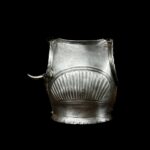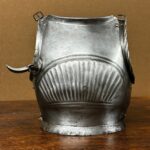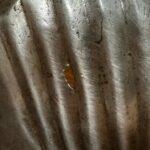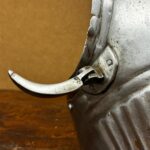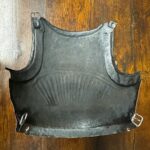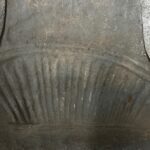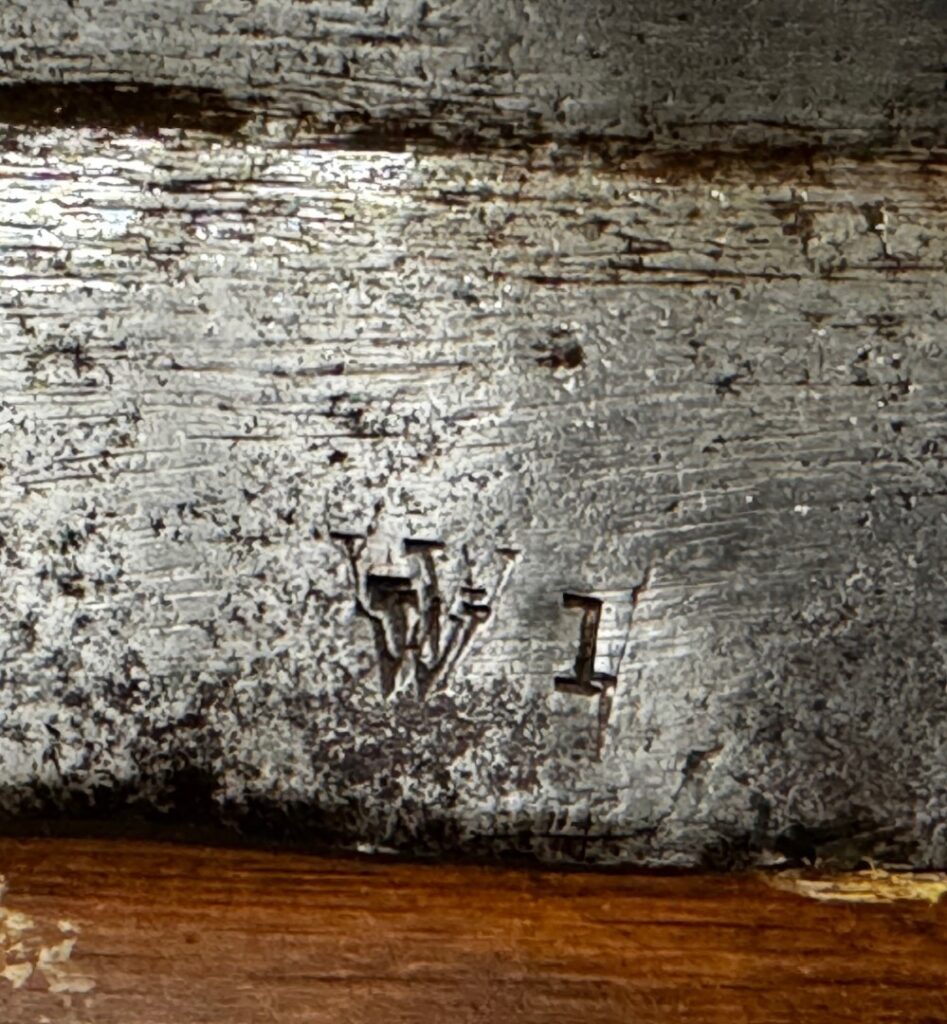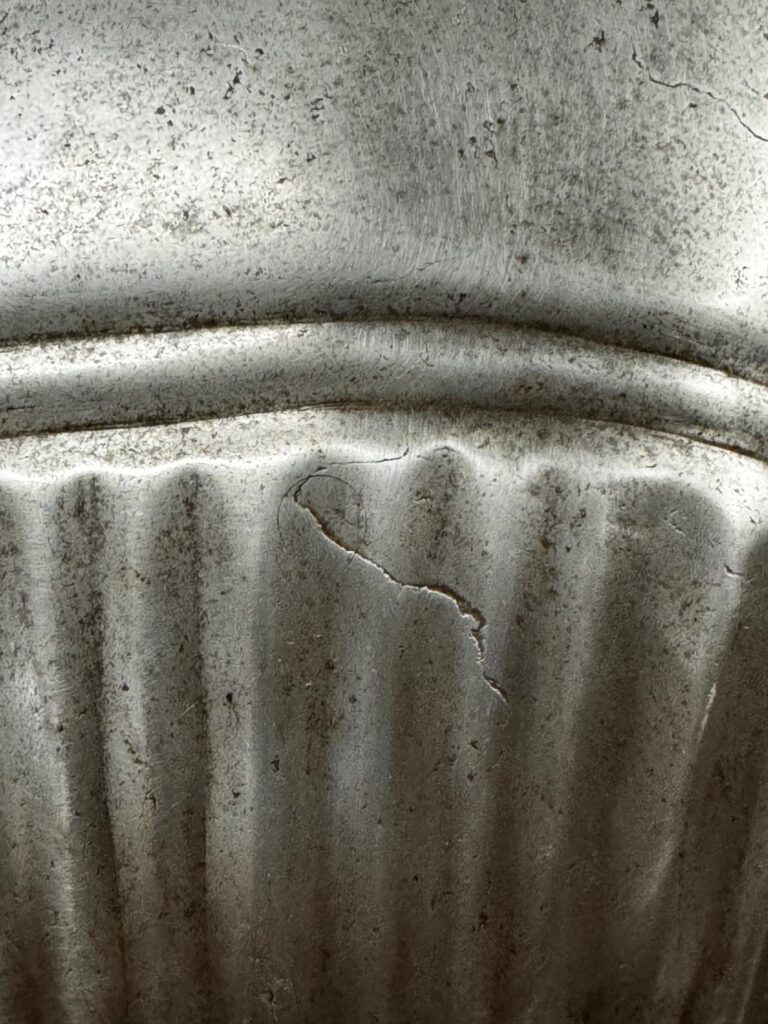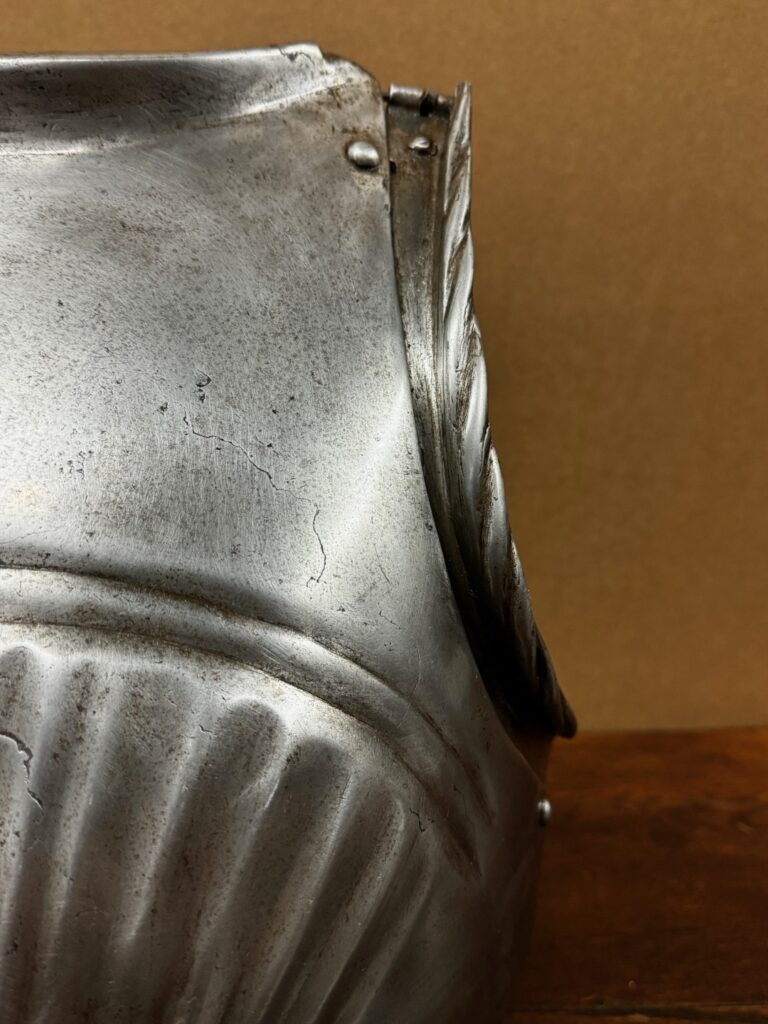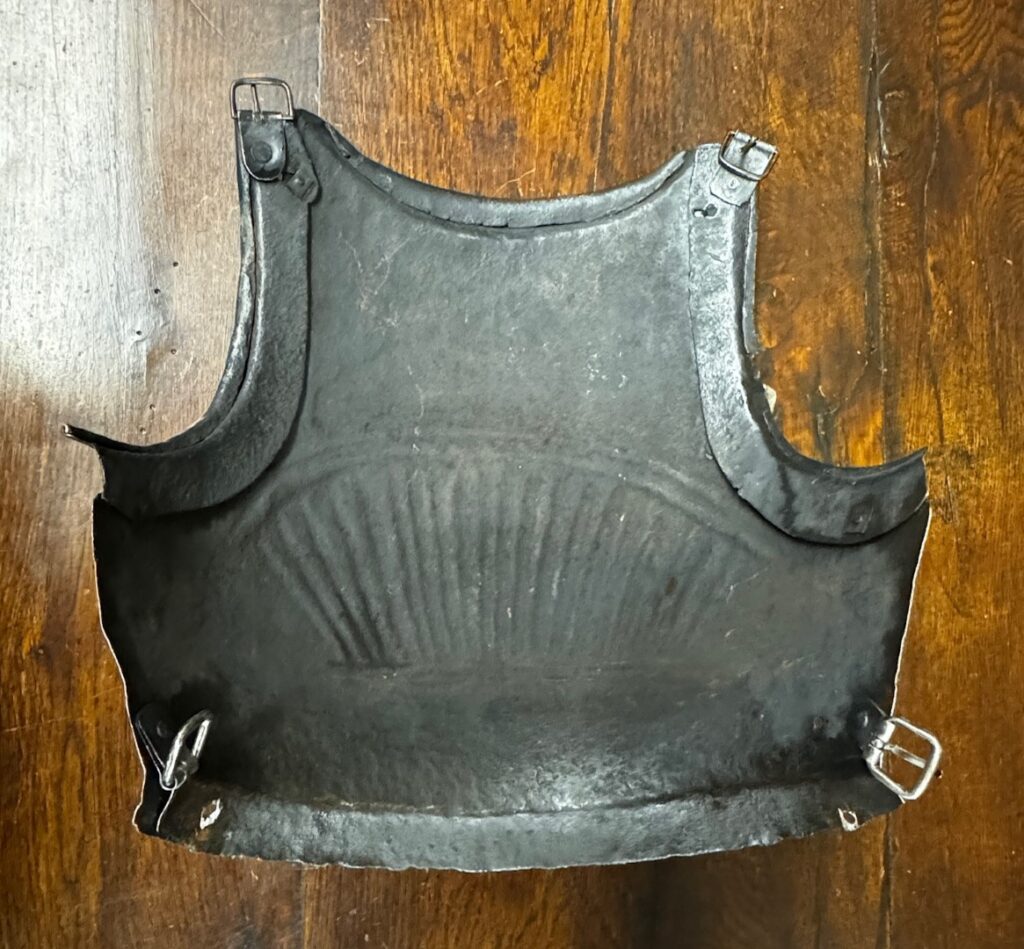1550) EARLY IMPORTANT AND RARE MAXIMILIAN BREASTPLATE CIRCA 1505: The most elegant and sought-after armor among collectors.
— During the first 35 years of the century, fluted armor evolved (what the Victorians named Maximilian armor). The Maximilian fashion was originally an early 1505 Innsbruck reproduction of the contemporary pleating fashion found in close-fitting civilian jackets (doublets). Early breastplates in this fashion were embossed with only a few decorations (see page 132). The term Maximilian is first recorded in a large, two-volume lithographic work by F. Gille and A. Rockstuhl in 1840 in the collection of armor in the Mussée de Tzarskoé-sélo ou Collection d’armes (St. Petersburg and Karlsruhe Russia, 1835–1853). Ironically, there is no proof that Emperor Maximilian was responsible for its original design. However, it appears that Maximilian did take an active part in the ongoings at his armory. In the Der Weisskunig (The White King), there is an engraving by Burgkmair depicting Maximilian I instructing his armorers at his Innsbruck court (see page 128). Over the next 30 years, the Maximilian fashion was also adopted by the other armor manufacturing centers of Augsburg, Nuremberg, Landshut, and even Italy. As the years progressed, so did the number of flutes. By circa 1510, Maximilian armor had achieved complete body fluting (less the greaves). Maximilian armor came to fruition with no period of evolution. It quickly started after the commencement of the Italian Wars. Maximilian armor was so well accepted that it didn’t go out of fashion until 15 years after Maximilian’s death. The genesis of Maximilian armor in both Italy and Germany was the merger of the Italian globose-bellied breastplate fashion and the adaption of fluting by the Italians. Non-fluted armor during this period was most popular outside of Germany. Maximilian armor is constructed of white steel, but its structural strength is augmented with fluting that also helps deflect the points of blades, spears, and arrows without needing additional metal. The owner’s taste dictated changes to his Maximilian armor. To own a noble’s or knight’s suit of armor in the early 16th-century, you had to be exceptionally wealthy. Having a cap-á-pie (full) Maximilian armor custom-made required being measured the same way a custom-tailored suit is measured by a tailor today. The wealthy owner could select many options and garnitures (auxiliary pieces).

